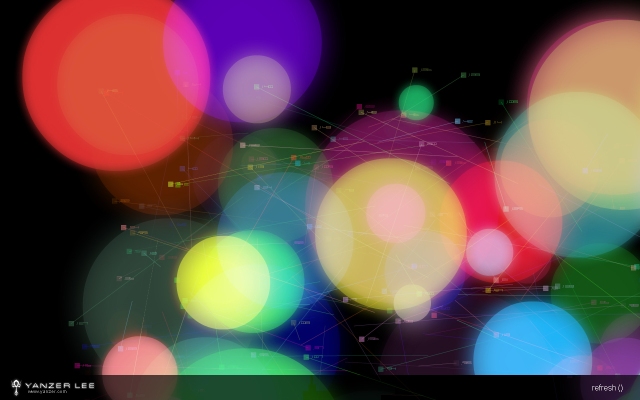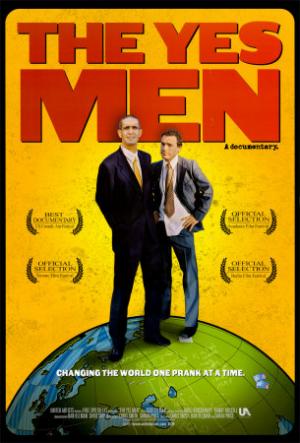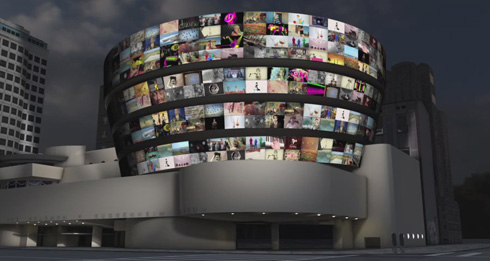About 3 and a half months ago, at the beginning of this blog, I begged the question as to whether or not we are blinded by new media. Several readings, discussions, projects, and theories later, I have a better idea and an answer to satisfy me, but maybe not everyone.
So, my conclusion? I think yes, in a way new media blinds us, as a society, just as much as we are by any cultural phenomenon at any point in time. Societies are defined by its industries, inventions, fads, styles, etc. New media, to an extent, fits into these categories. I think new media blinds society because it is what is new, interesting, and progressive in terms of science and technology.
But I think the word “blinded” needs to be used with caution. Blinded may seem to have a negative connotation, yet this isn’t necessarily the case with new media. I think that as long as society can grasp a reality outside of media filters, new media can be a beneficial thing, both in terms of communication and artwork. The key is that one must still be able to recognize a reality apart from technology that can filter your perception of reality.
Throughout the course, I have become very interested both in this question of the goodness or harmfulness of new media, and also over the artistic practices that new media allows.
In one of our first readings, “The Work of Art in the Age of Mechanical Reproduction,” Walter Benjamin explores what mechanical reproduction meant in terms of the original piece of art and if it detracted from the authenticity of the “real thing.”
And, though different from what I originally decided, I don’t feel that mechanical reproduction takes away from the aura because it is so different and can be manipulated and reused in many unique ways. Some Dadaism, for example, took existing pieces of art (Marcel Duchamp, anyone?) and reinvented it. And the meaning became something new, apart from the meaning the “same” original piece had in the museum.
But new media extends beyond these boundaries of mechanical reproduction, copies of copies, clones, and all of the other theoretical talk.
As Nicolas Bourriaud pointed out (and this is one of the things I found most intriguing this semester) is that social exchanges can be considered an art form. This, I think, is one of the most progressive ideas of new media. The internet, rather than taking away from classic art, has instead added an entire new art form, whether it be online interactive pieces or social exchanges on Twitter.
In addition to relational aesthetics, and partly related, tactical media also exploits the social factor that can be absolutely crucial to artwork. One of my favorite pieces I looked at this semester was the pile of candy in a corner of a museum. Seemingly so simple, the idea is brilliant. It begs not only the question of what people consider art, but also how they will treat any object in a museum.
I also am very interested by Krzysztof Wodiczko. I think the power of placing a film of “strangers” in the public sphere, and especially projecting onto buildings with meanings directly related to it, is unprecedented. I love the idea behind forcing the public to look at something, even if they don’t want to call attention to an issue themselves. People are affected by what they see, and I think tactical media is a real progress towards discussion prompted by artwork.
So, a bit longwinded, but there are my final ideas on the class, my favorite ideas, and in a cheesy way, what I learned and can take with me in all other endeavors.







